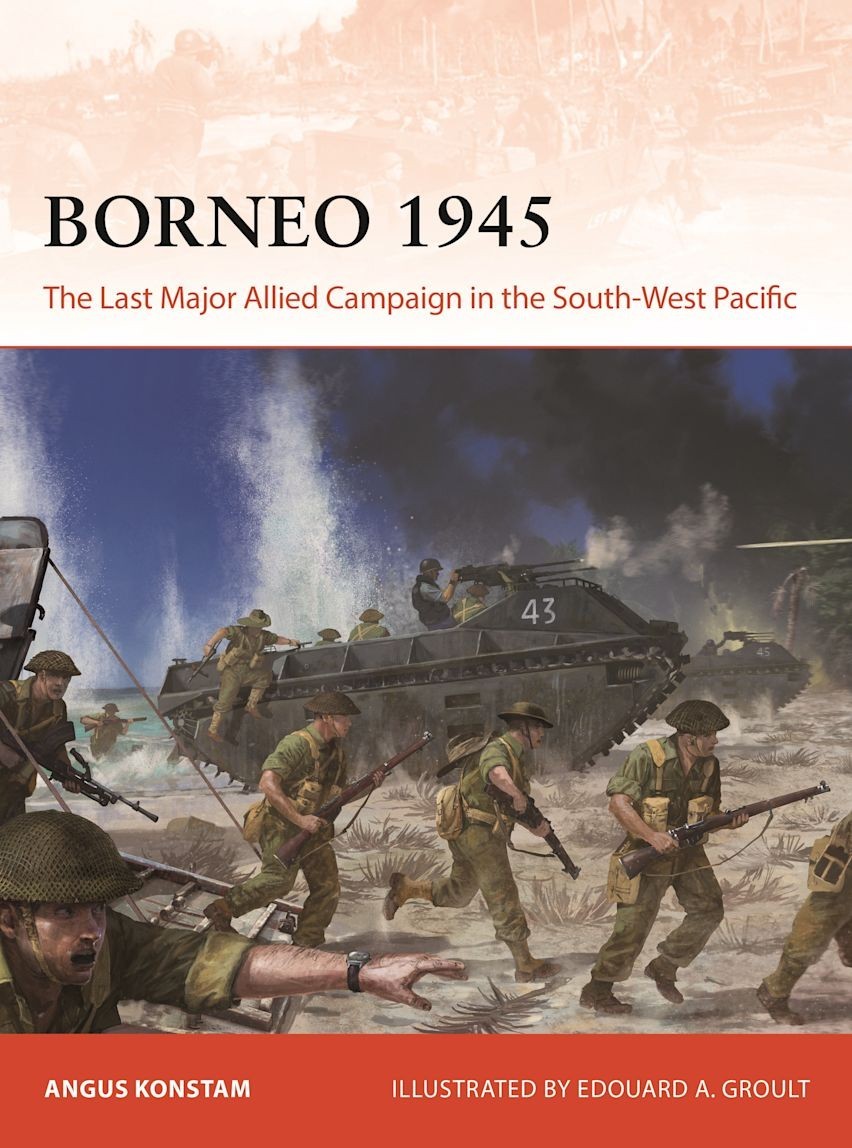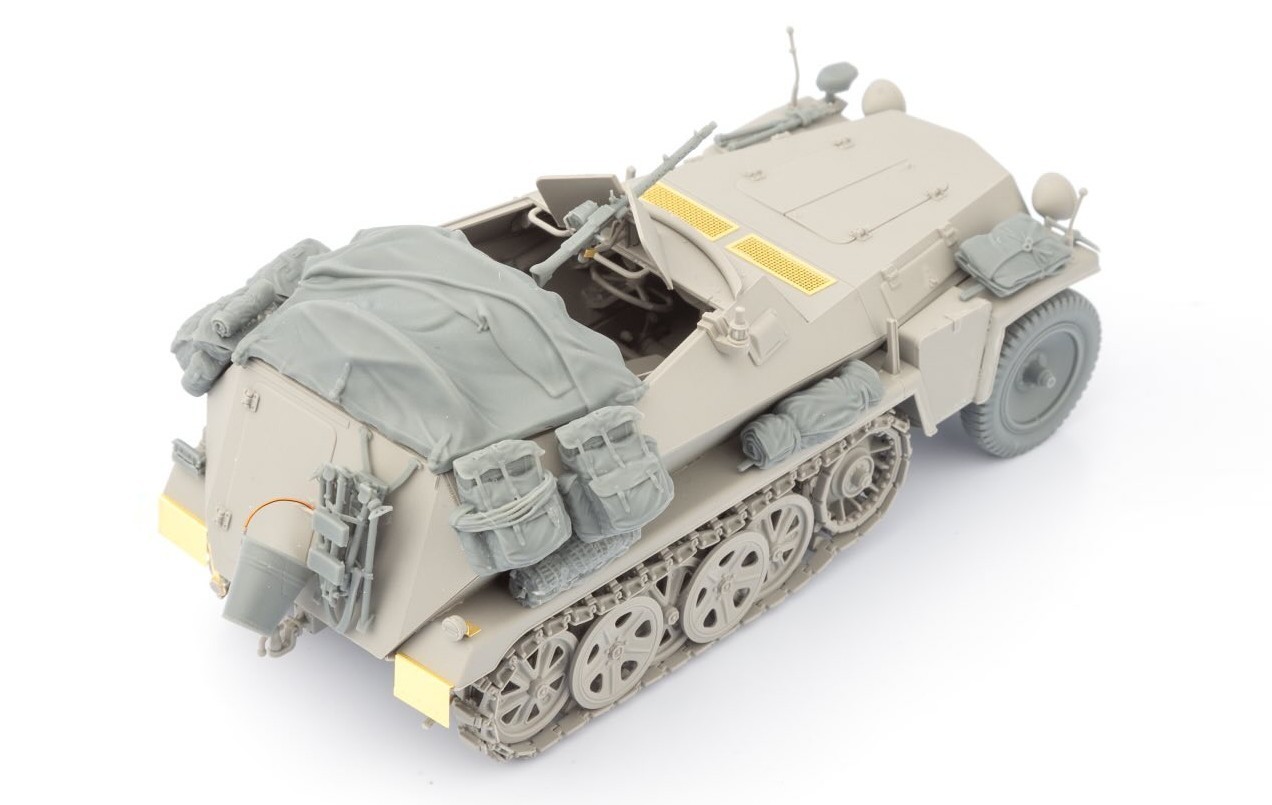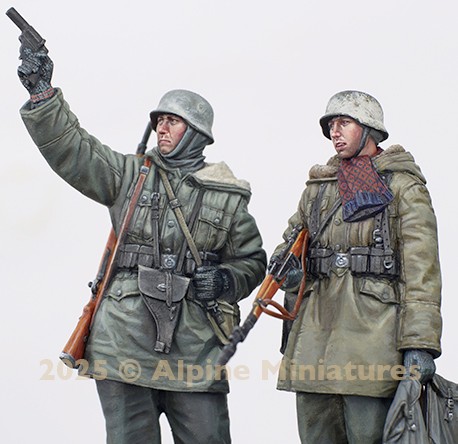
Fully illustrated, this absorbing study assesses the Commonwealth and Italian infantrymen pitted against one another during the First and Second battles of El Alamein in 1942.
By July 1942, the Allied troops fighting in North Africa, the multinational Eighth Army, had withdrawn to the El Alamein line, the last position stopping their German and Italian opponents from reaching the Suez Canal. Featuring full-colour artwork, carefully chosen archive photographs and incisive analysis, this book casts light on the Commonwealth and Italian infantrymen who participated in the seesaw battle for control of the North African coastline as it entered its decisive phase, played out over two bloody engagements during July–October 1942.
Although Allied and Axis commanders saw armour as the decisive weapon in the Desert War, the infantry fielded by both sides would be key to the outcomes of the two El Alamein battles. While the majority of the 96,000 Axis troops at the first battle were Italian, mostly infantry, Commonwealth forces provided the greater part of Eighth Army's fighting strength. During the First Battle of El Alamein in July 1942, Italian infantry units clashed with Indian troops at Ruweisat Ridge and Australian forces at Makh Khad Ridge; both battles are assessed in this book, along with the defence mounted by New Zealand troops at Miteiriya Ridge during the Second Battle of El Alamein that October.

A fascinating account of the last major Allied operation in the South-West Pacific, and the largest Australian military operation of World War II.
A week after Pearl Harbor in December 1941, Japanese troops landed near Brunei on the South-East Asian island of Borneo. Within eight weeks, the entire island had been overrun, and its Dutch and British Indian defenders had been ejected. By early April 1942, the entire Dutch East Indies were in Japanese hands, and remained under Japanese occupation for a further three years.
The late-1944 US landings in the Philippines effectively cut oil- and resource-rich Borneo off from Japan. Now that it was considered a worthy strategic prize for the Allies, General Douglas MacArthur, commanding the South-West Pacific Theater, began planning for the recapture of the key island.
This compelling work explores the planning and execution of Operation Oboe, which was spearheaded by Australian troops but involved naval and special forces from the United States, Britain and the Netherlands. Detailed maps explore the six separate stages, each of which involved amphibious landings. Battlescene artworks and photographs bring to life notable events such as the capture of Tarakan, Labuan, Brunei and Sarawak. Also covered are the Allied special forces guerrilla campaigns and Australian 7th Infantry Division's landing at Balikapan – which proved to be the turning point of this hard-fought campaign.


























